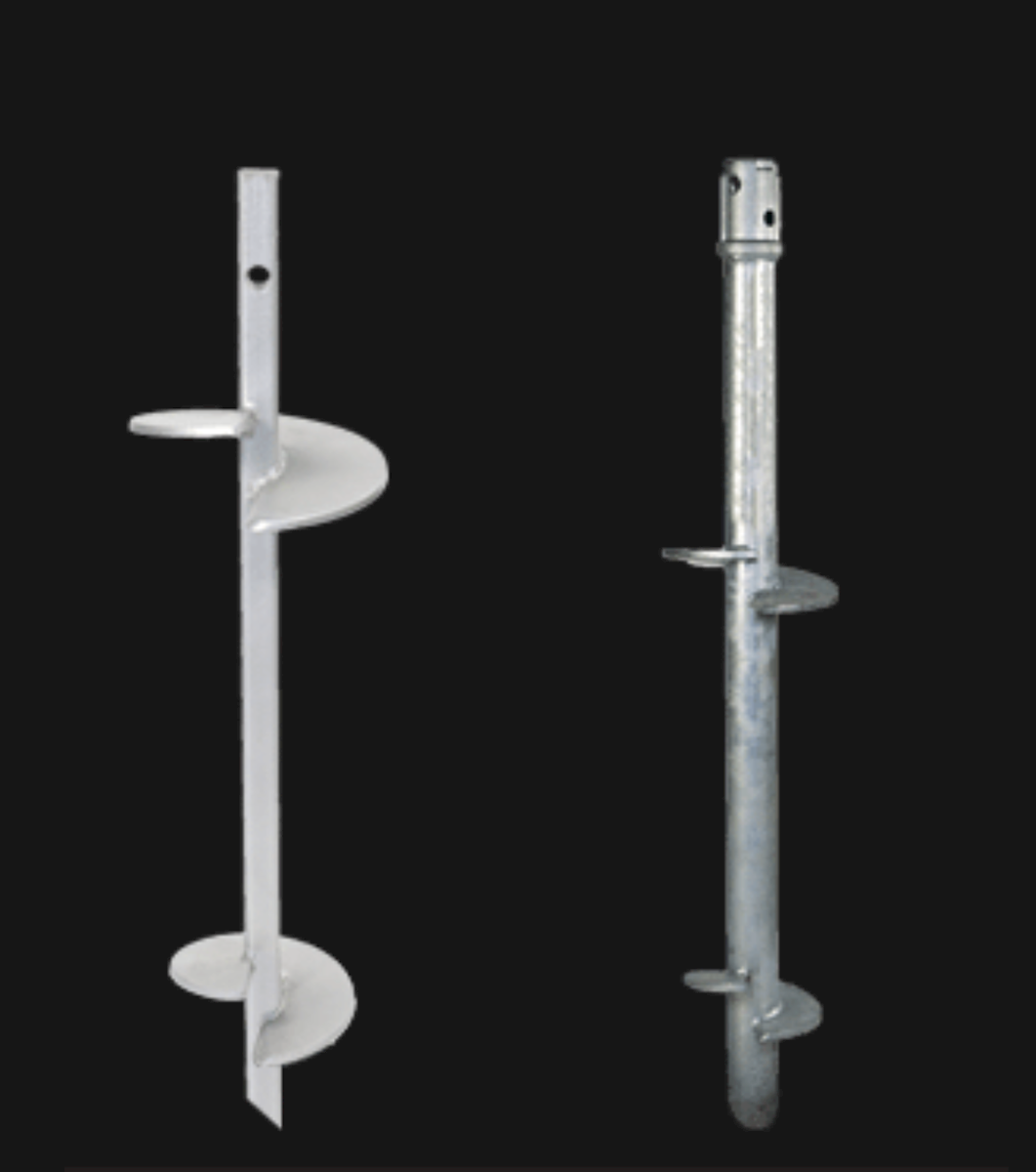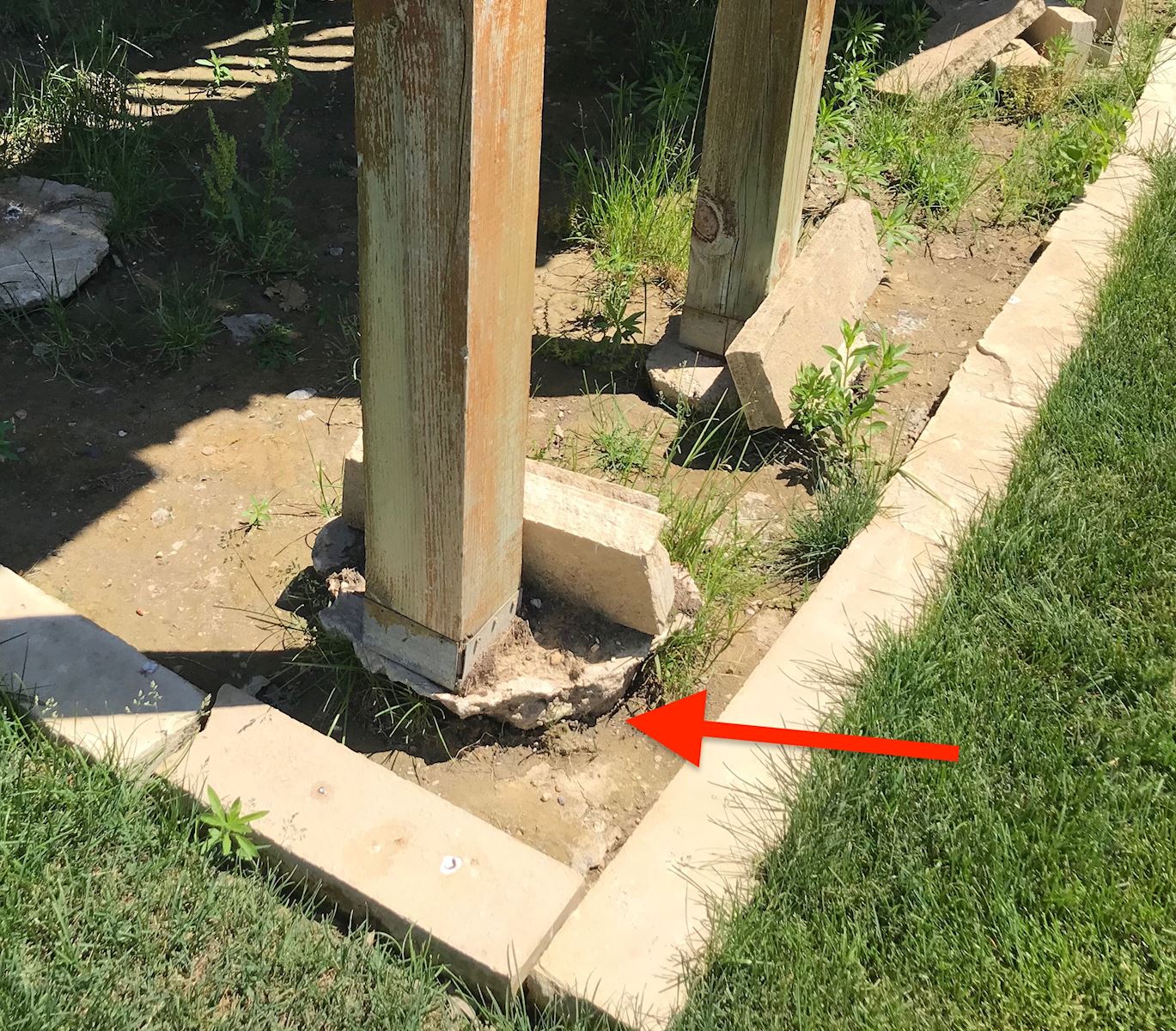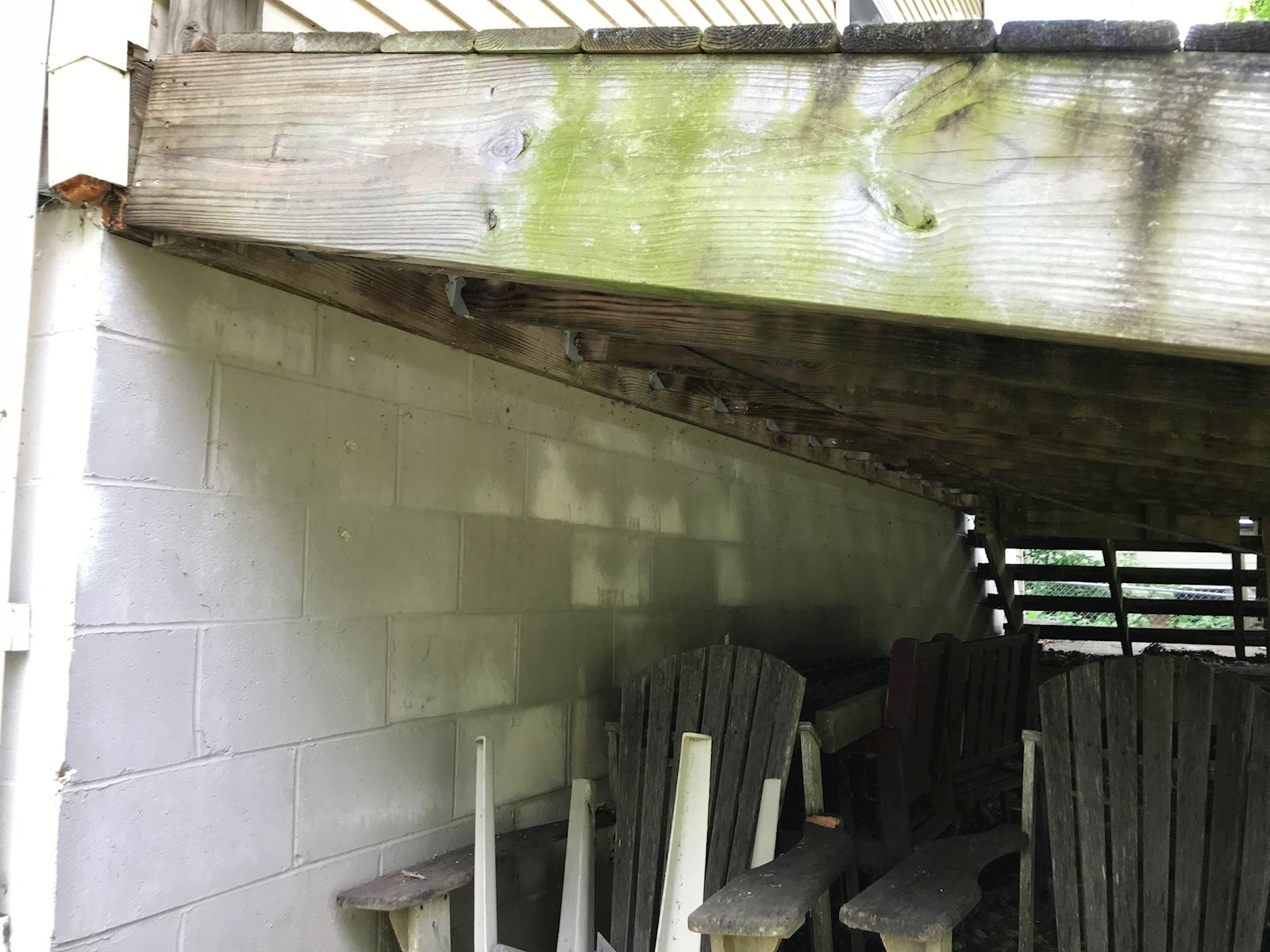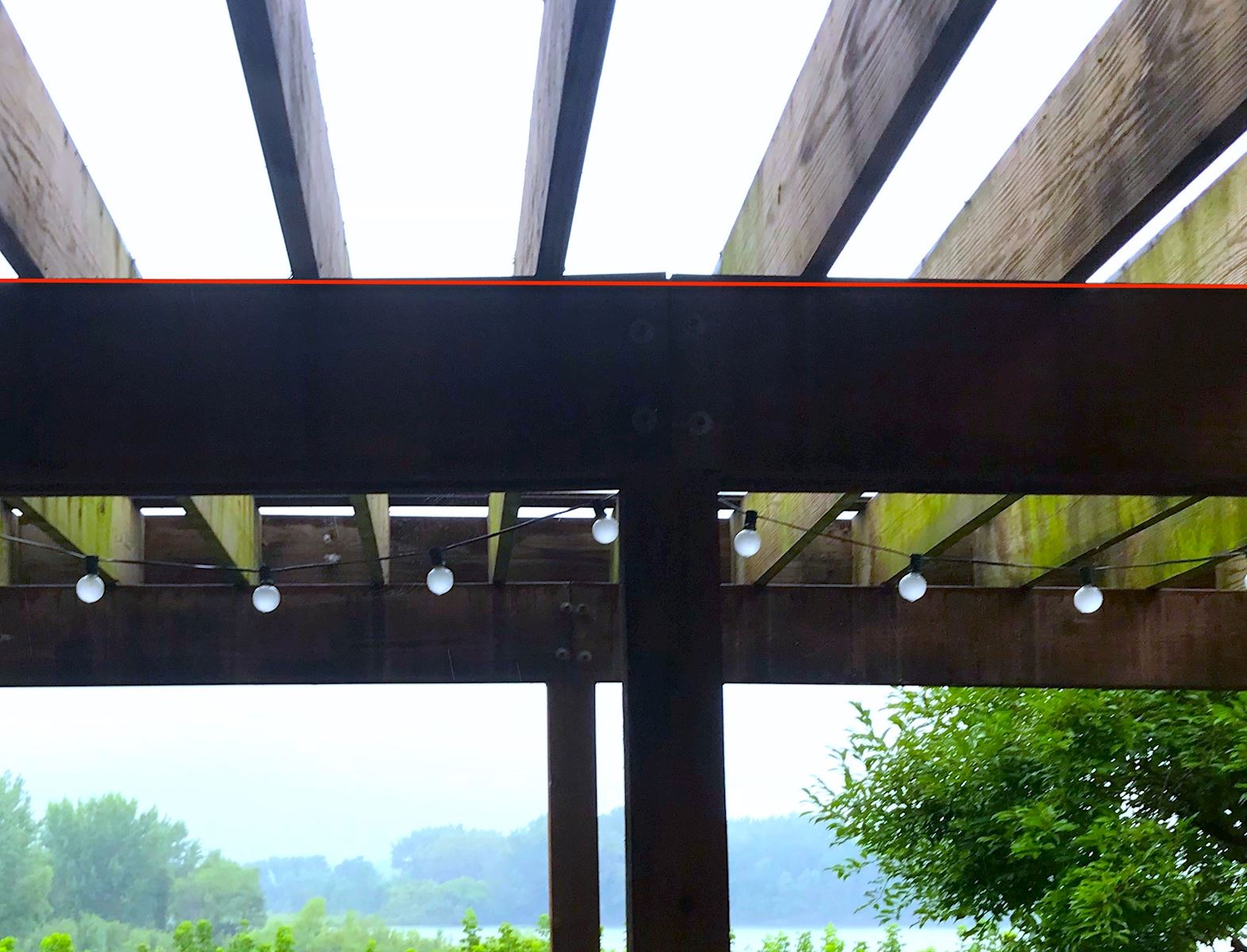Deck Footings: Don't go cheap!
posted
on Saturday, March 9, 2019
in
Blog
|
“Approximately 33,270 people were hurt due to structural failures in decks, porches, railings and stairs over a four-year period, according to one study by the Consumer Product Safety Commission” (Heidenry, 2019).
|

|
We believe that one of the most important components of any deck are the footings that provide the foundation for the deck to rest on and support the loads imposed by the structure, environment, and those created by homeowner use. Footings are the first step in constructing your new outdoor living area and they relate to every other aspect of your project (posts, spans, joist sizes, beam sizes, etc.). It is also one of the easiest ways for mother nature to ruin your outdoor space and one of the most expensive components to fix.
A bowed post can be easily replaced with some temporary supports under the beam, remove the old, put in a new and you’re good to go. Beam and joist replacements are similar, a good temporary support system and a quick swap and the deck is once again solid. However, with a footing, you must temporarily support the beam (and still leave enough room to work), then dig out a footing which might weigh a thousand or more pounds depending on the size, then put a new footing in an area that is already disturbed and hope that there aren’t any more issues.
|
A bowed post can be easily replaced with some temporary supports under the beam, remove the old, put in a new and you’re good to go. Beam and joist replacements are similar, a good temporary support system and a quick swap and the deck is once again solid. However, with a footing, you must temporarily support the beam (and still leave enough room to work), then dig out a footing which might weigh a thousand or more pounds depending on the size, then put a new footing in an area that is already disturbed and hope that there aren’t any more issues.
|
 Mushroom finish at the top led to this footing heave. Mushroom finish at the top led to this footing heave.
|
While footings are a mandatory inspection step in all Des Moines metropolitan communities, one would like to think that a city inspection would ensure an excellent footing. It does not. It has helped with proper footing sizing during plan approval and proper depth during digging; unfortunately, most of our city building inspectors are under staffed and cannot sit on a job site during a footing pour to make sure contractors are not: refilling the hole with soil, using incorrect strength, using appropriate consistency to prevent air pockets and fractures, making sure large stones or rocks are not thrown in to inhibit concrete bonding, etc. (Guertin, 2013).

Collapse of deck due to post snapping. Potential result of constant heaving.
|

High water table led to this footing heaving during our frost/thaw cycles
|
With so many things that can go wrong with traditional concrete footings, we started to research alternatives. Through our research and training, we found helical piles: a safer, easier, and cost comparable solution to the woes of concrete pours. Better Builders has acquired equipment and certification to ensure that this component that on average costs 5-10% of your total build process, will support the 90-95% of your investment.
With steel helical piles we are able to install footings to specific required loads for your deck in your specific soil. The certified torque measuring equipment will provide us information every second of the installation by listing the specifics for the loading of that pier. This information is exported and available for the homeowner and building inspector to review. This eliminates any guess work on whether it was properly installed, what kind of soil is present, whether the contractor had proper concrete consistency, if the footing will crack, if the footing will properly cure to support the compression load during winter, etc. Lastly, the standard steel footings come with a 50-year warranty and the galvanized steel footings come with a 75-year warranty. Concrete does not come with any guarantees.
As the old saying goes, anything that can be measured can be managed. We can properly determine helical sizing and depth needed based on the information the equipment provides us during installation. We are not as fortunate with concrete; using a standard number for concrete strength, footing sizing, and depth not taking into consideration any specifics of your unique property. Specifics are important to us because our customers are important to us. These are the same reason we are seeing bridges, multi-story commercial, manufacturing plants being built with helical foundations. Our company has always prided ourselves on providing best practices to our customers. With recent national case studies and independent testing results, we felt that our customers deserved to have the helical option. There are still cases where concrete may be used due to a couple of factors but for most cases, the helical will be a much better footing.
Guertin, M. (2013, June). Deck Footings Done Right. Fine Homebuilding, (236), 42-43. Retrieved from http://www.finehomebuilding.com
Heidenry, M. (2019). Things to Know Before Building a Deck: Farmers Insurance. Retrieved from https://www.farmers.com/learn/plan-and-prep/things-to-know-when-building-a-deck/